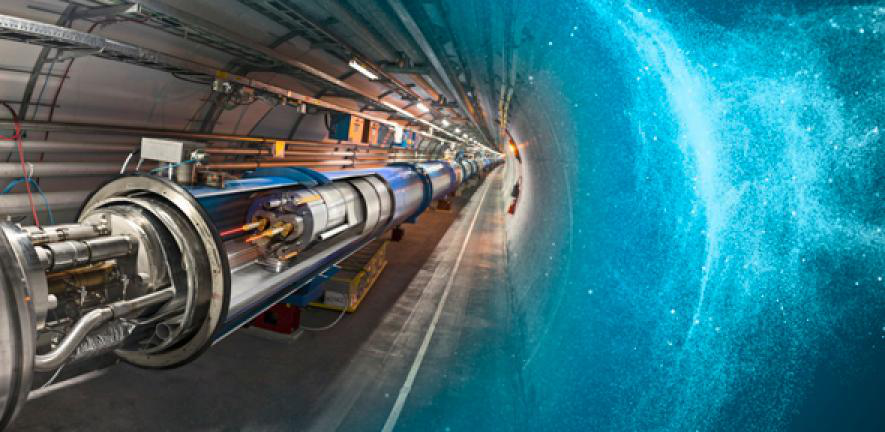Speaker
Description
Neutron stars provide unique conditions to study cold dense nuclear matter at extreme densities. Due to these extreme conditions additional hadronic degrees of freedom are expected to be populated, including hyperons. This talk will focus on the influence of hyperons on the neutron star equation of state. In particular the contribution of the lambda hyperon will be discussed, as a first approximation to describing exotic neutron star equations of state. The system under consideration is where the strong nuclear force is described by the exchange of mesons and applying the relativistic mean field theory to study dense nuclear matter. As expected, the inclusion of the lambda hyperon softens the neutron star equation of state (EoS). A softer EoS will reduce the maximum mass attainable by the modeled neutron star with such EoS. While hyperons are certainly not unexpected in high density systems, but there presence seems to be contradicted by observations of high mass neutron stars. This contradiction is known as the ``hyperon puzzle''. The expected influx of observational data from massive new radio-telescopes like the Square Kilometer Array (SKA) will provide observations that can be supported and evolve theoretical models of nuclear matter. Therefore, the study of hyperonic matter is not only relevant to nuclear theory, but also locally to Botswana as an African partner country of the SKA.

